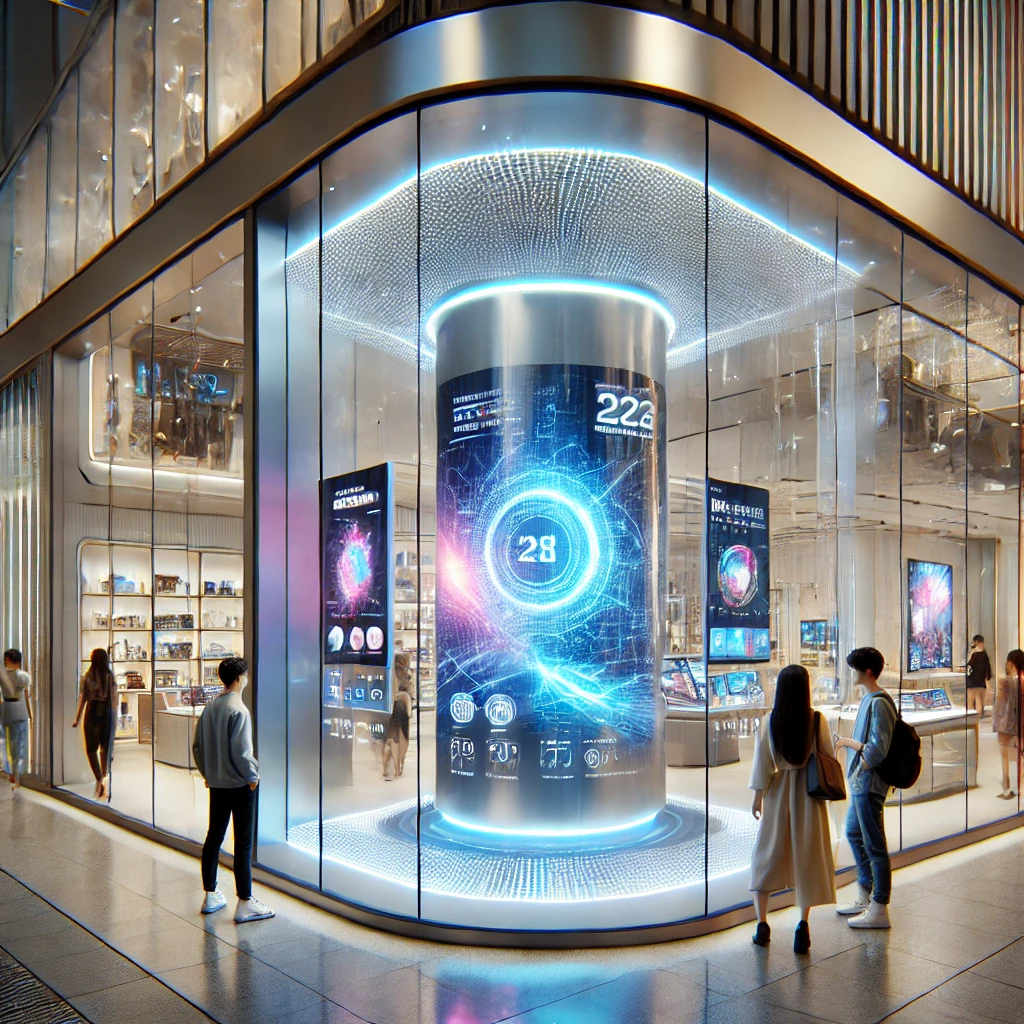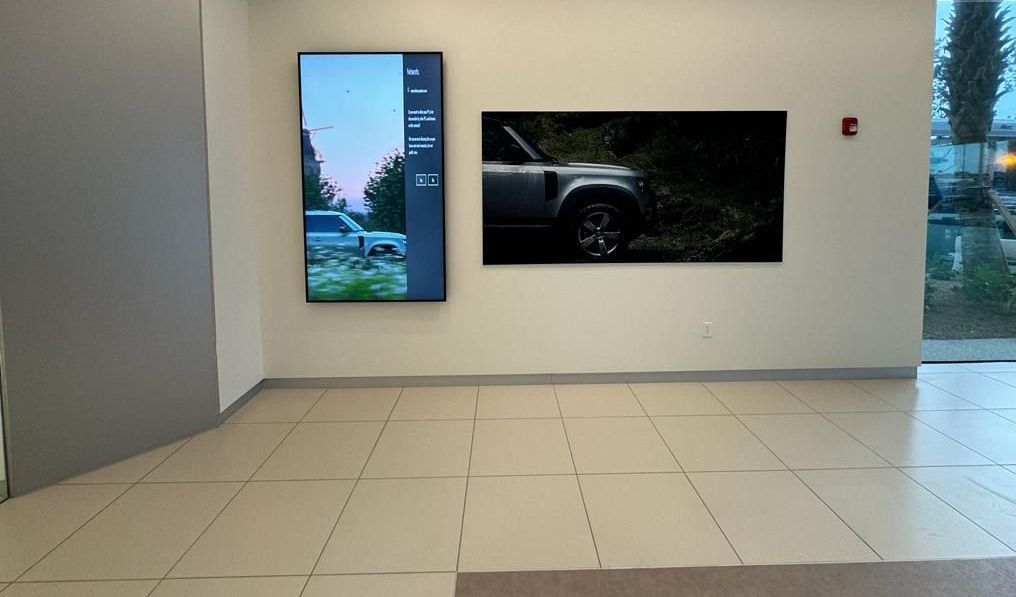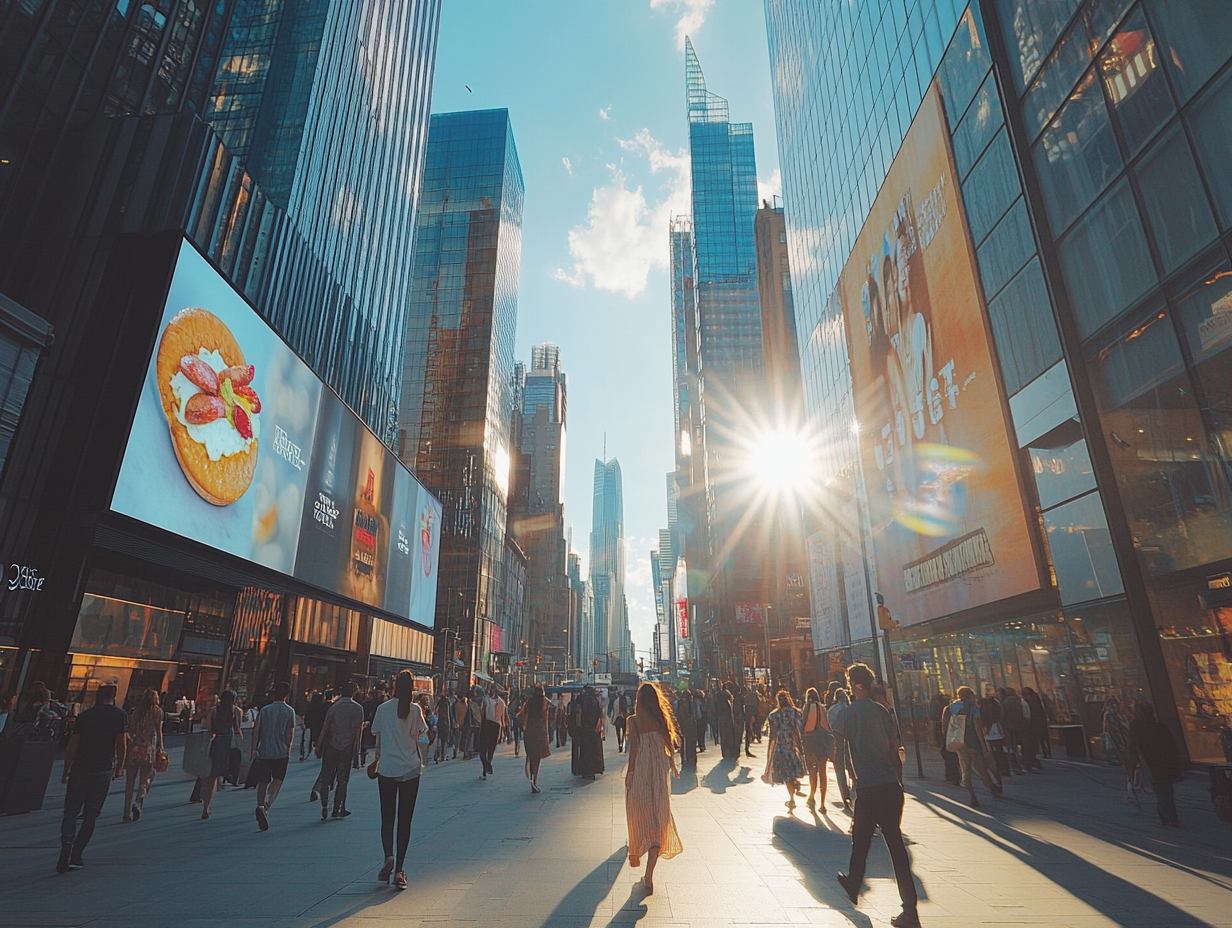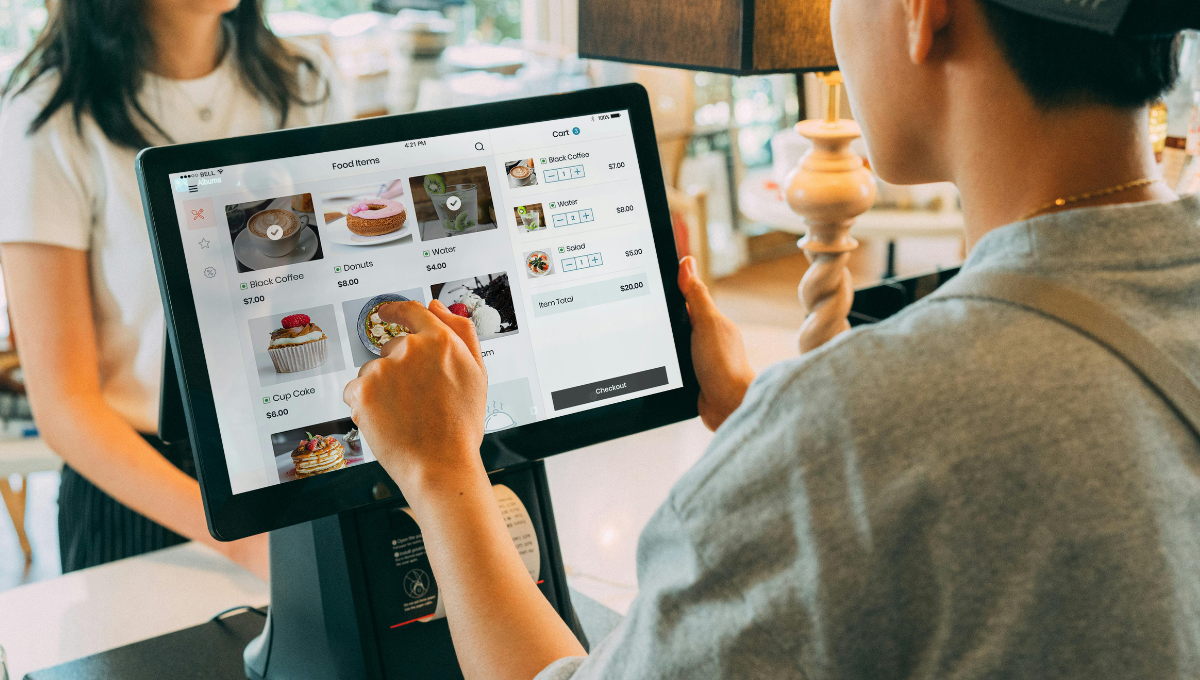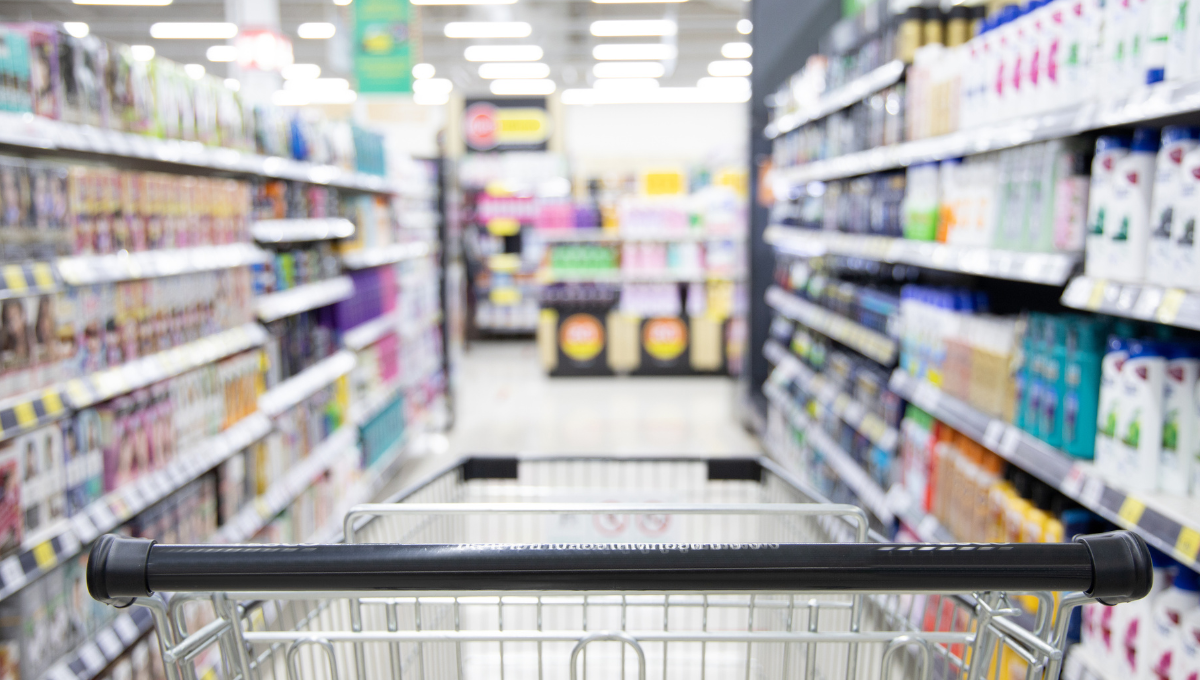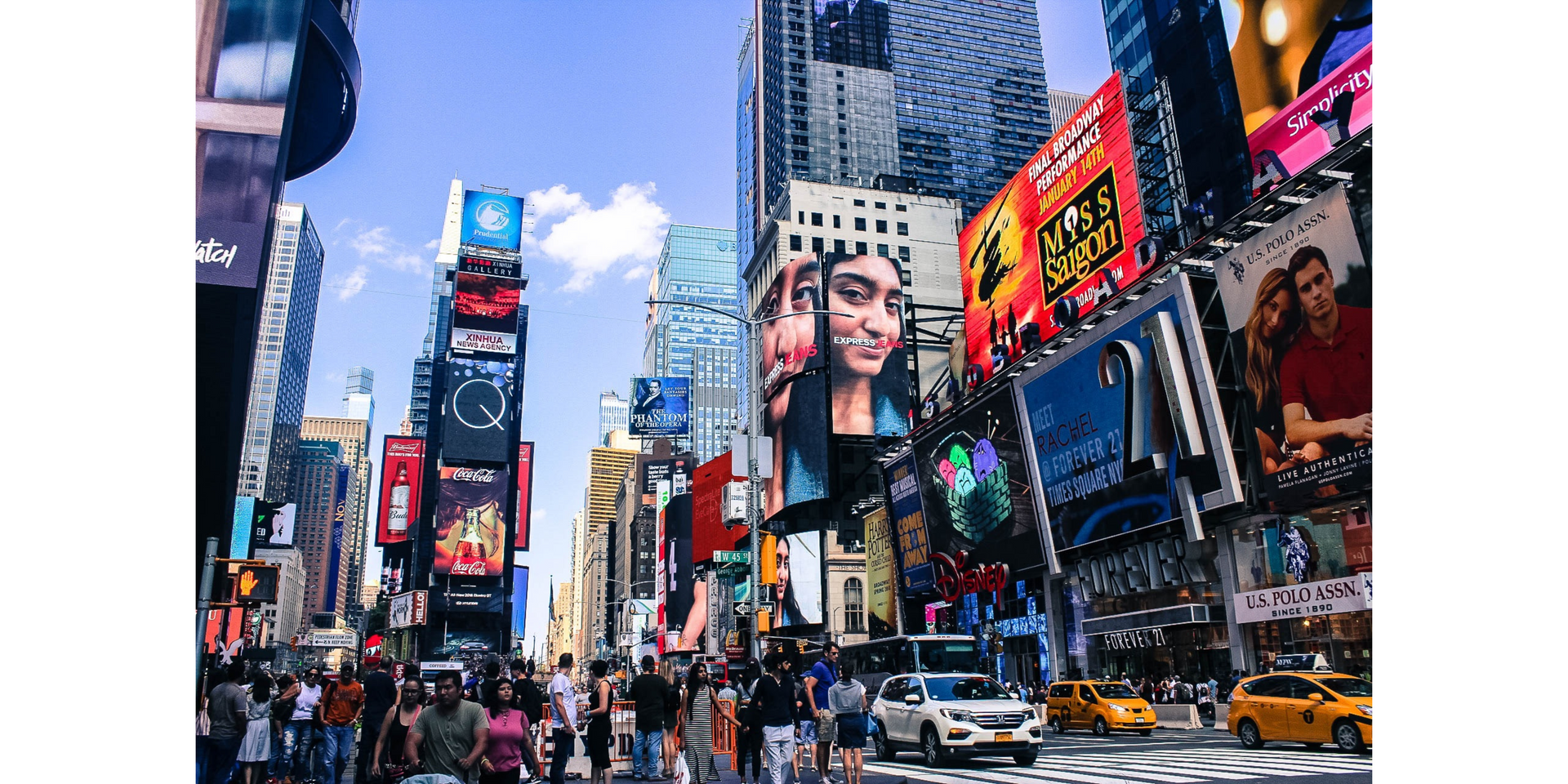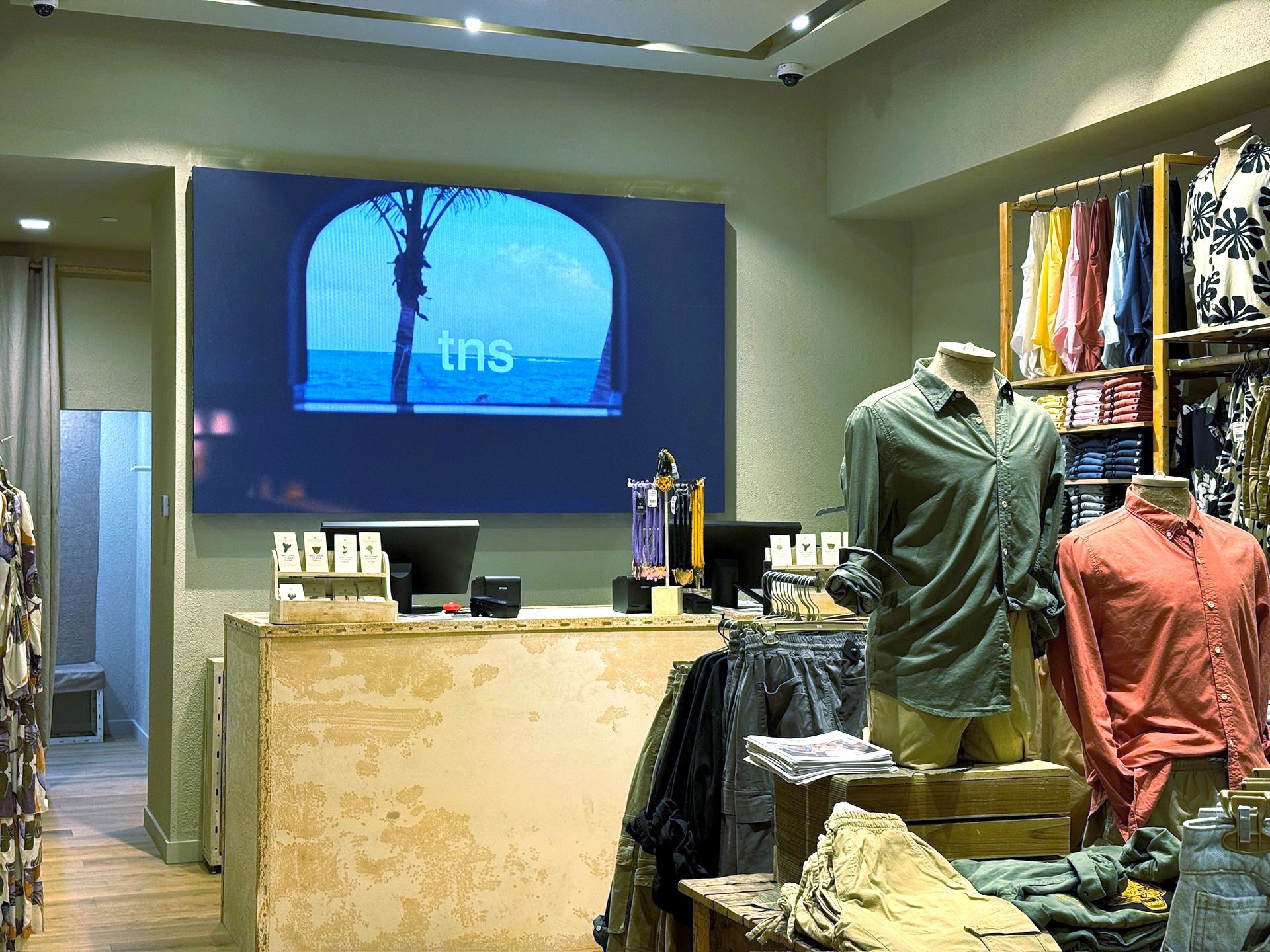How Drive-Thru Menu Boards Are Revolutionizing Customer Experience
How Drive-Thru Menu Boards Are Revolutionizing Customer Experience
In recent years, the food and beverage industry has seen rapid advancements in technology, particularly in how restaurants interact with customers. One of the most significant changes is the implementation of drive-thru digital menu boards. As convenience continues to shape the way customers engage with businesses, these high-tech solutions are quickly becoming the standard for many quick-service restaurants (QSRs) and fast-casual dining establishments.
Gone are the days of static, backlit signs. High-quality drive-thru menu boards now offer dynamic content, personalization, and streamlined ordering processes, completely transforming the customer experience. In this article, we’ll explore how these drive-thru solutions are revolutionizing the industry and enhancing customer satisfaction.
The Evolution of Drive-Thru Menu Boards
Traditionally, drive-thrus have relied on static menu boards that display limited information, which often leads to customer frustration. Customers were forced to squint at faded text or try to understand complex, overcrowded menus. With advancements in digital signage technology, drive-thru digital menu boards have become a game-changer for both customers and restaurant owners.
Instead of relying on a static display, digital menu boards are flexible, allowing businesses to update menu items, promotions, and pricing in real time. This innovation improves communication with customers, reduces confusion, and ensures that the latest offers are always available.
1. Enhanced Customer Experience
One of the primary reasons drive-thru digital menu boards are revolutionizing the customer experience is through enhanced personalization. Modern digital boards can integrate with customer loyalty programs and order history, allowing restaurants to offer personalized menu recommendations based on previous orders or customer preferences.
For example, a returning customer who frequently orders a specific coffee can be greeted with an automated suggestion for their favorite drink. This level of personalization not only speeds up the ordering process but also makes customers feel valued and recognized by the business.
Additionally, high-quality drive-thru menu boards provide clearer, more visually appealing displays. Digital boards offer vibrant images, animation, and engaging graphics that can capture customers' attention, making it easier for them to make quick decisions. The improved visibility and clarity of the menus also reduce order mistakes, leading to a smoother overall experience.
2. Real-Time Menu Updates and Dynamic Content
One of the biggest advantages of drive-thru solutions powered by digital technology is the ability to update menu content in real time. With traditional static boards, making even small changes—like adjusting prices or introducing a new menu item—required a lot of time, effort, and cost. Digital menu boards, however, can be updated instantly from a central location, ensuring that every drive-thru is consistent and up-to-date.
This flexibility allows businesses to:
- Change prices and promotions quickly in response to demand or market conditions.
- Display limited-time offers or seasonal items prominently.
- Highlight upsell opportunities such as add-ons or combo meals.
- Remove out-of-stock items immediately to avoid customer disappointment.
Moreover, digital boards can also adjust based on time of day, automatically switching from breakfast to lunch or dinner menus as appropriate. By offering dynamic content, high-quality drive-thru menu boards ensure that the most relevant items are displayed when customers need them, enhancing the efficiency of the ordering process.
3. Streamlining the Ordering Process
The integration of drive-thru solutions with digital menu boards has dramatically streamlined the ordering process. With modern digital boards, the placement of items is designed to be intuitive and customer-friendly, ensuring that the most popular or profitable items are easily accessible.
This user-friendly design helps speed up the ordering process, reducing wait times for customers. Since the digital boards are more engaging and easier to navigate, customers can make decisions faster, leading to increased throughput during peak hours.
Furthermore, digital menu boards can be synchronized with automated ordering systems. Voice recognition and AI technology can be used to further enhance the ordering process, making it even more efficient. With these innovations, mistakes during ordering are minimized, reducing the need for corrections and improving overall customer satisfaction.
4. Encouraging Upselling and Cross-Selling
Upselling and cross-selling are essential strategies for maximizing revenue in the fast-food and quick-service restaurant industry. Drive-thru digital menu boards offer an excellent platform for promoting add-ons and upselling to customers in a subtle, non-intrusive way.
Digital boards can highlight promotions such as combo upgrades, suggest add-ons like extra toppings, or recommend beverages to accompany meals. With bright visuals and eye-catching graphics, these suggestions are more likely to capture customers’ attention, leading to an increase in average order value.
Additionally, digital boards can display personalized upsell recommendations based on customer history, such as promoting a dessert or side that complements a customer’s usual order. These automated suggestions enhance the customer experience while driving additional revenue for the business.
5. Environmental Impact and Cost Efficiency
Beyond improving customer satisfaction, high-quality drive-thru menu boards offer significant advantages in terms of environmental impact and cost efficiency. Traditional static boards often require frequent printing, shipping, and installation, leading to increased waste and higher costs for restaurants.
Digital menu boards eliminate the need for physical printing and reduce the amount of waste generated by constantly updating menus. This makes them a more eco-friendly solution for restaurants looking to minimize their environmental footprint.
In terms of cost efficiency, while the initial investment in digital signage may be higher, the long-term savings on printing and installation costs make it a worthwhile investment. Additionally, the ability to instantly update prices, promotions, and items reduces errors and helps businesses respond more quickly to market conditions, ultimately improving profitability.
6. Building Brand Loyalty
Lastly, drive-thru digital menu boards play a key role in building brand loyalty. By creating a seamless, personalized, and visually appealing experience, restaurants can enhance customer satisfaction and encourage repeat visits.
Incorporating loyalty program integrations into the digital boards further enhances customer engagement. Restaurants can use the boards to promote special offers for loyalty members, display reward points, or encourage sign-ups for rewards programs. These features make customers feel more connected to the brand, increasing the likelihood that they will return for future visits.
The Future of Drive-Thru Solutions
In today’s fast-paced world, drive-thru digital menu boards are transforming the way restaurants interact with their customers. By offering dynamic, personalized content, improving the ordering process, and providing real-time updates, these drive-thru solutions are elevating the customer experience to new levels.
As technology continues to evolve, the use of high-quality drive-thru menu boards will become even more critical for businesses looking to stand out in a competitive market. From improving efficiency to encouraging upsells and fostering brand loyalty, digital menu boards offer numerous benefits that can help drive growth and success.
If you’re ready to revolutionize your drive-thru experience with high-quality, engaging digital menu boards, and boost your customer satisfaction, contact me today. Let’s work together to create compelling content that drives traffic and increases your brand’s visibility!
